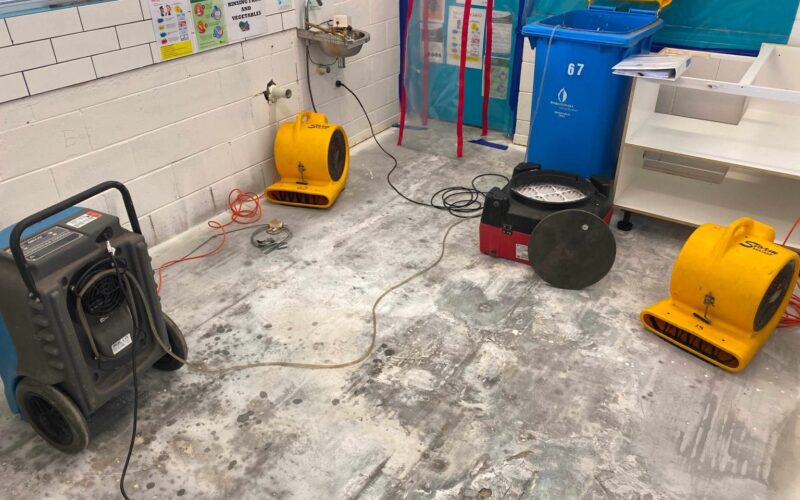
Being physically disabled can be a tough thing to face. Examples of these disabilities are mental and psychosocial disabilities such as mental retardation and physical disabilities such as loss of hearing or eyesight mobility dysfunctions and leprosy. These disabilities need assistance, whether personal or assistive devices, to go through daily life at ease.
Simple assistive technology devices include those that help you open a jar or bottle, turn a tap, or unlock a door. Specialized computers, power drive wheelchair controllers, home automation, and environmental control systems are examples of complex assistive technology.
Here are some examples of common assistive devices.
Mobility Aids
A mobility aid is a tool that helps persons with mobility impairments walk or improve their mobility in various ways. Examples of mobility aids are canes and crutches, wheelchairs, prosthetic devices such as hand, finger, foot, and toe prostheses, and orthotic devices such as ankle braces, spinal orthotic, and heel casts.
Cognitive Aids
Cognitive aids are computer hardware and software assistance gadgets designed to assist people who struggle with attention deficit or other cognitive disabilities. Examples of cognitive aids are cueing/memory aids, educational software, speech recognition, voice recorder, word prediction software, and personal digital assistant.
Hearing Aids
A hearing aid helps people with hearing disabilities hear better by making sounds audible. Behind-the-ear (BTE), in-the-ear (ITE), and canal hearing aids are some types of hearing aids.
Built-in Devices In Home And Working Environments
Built-in devices are physical alterations in a home or working environment that helps, protect, or give easy access to the disabled. Examples of these are ramps, wider doorways, and grab bars.
High-performance And Lightweight Mobility Devices
With high-performance mobility technologies, handicapped can now enjoy and play different types of sports. Paralympic athletes still have these devices to play their games even though they are disabled.
Devices And Equipment Feature That Aid In Task Completion.
Daily tasks can be taxing to people with disabilities. Devices that help cooking, dressing, and grooming are in this category. These devices are grips and specialized handles, instruments that help extend reach, adaptive switches, and tools such as book holders, pare turners, and pencil grips.
Assistive technology benefits the individuals who use it and their family members, caregivers, employers, instructors, and community members who engage with them.
In 2018, one in every five Australians, or 17.7 percent of the population, or 4.4 million people, had a handicap or functional restriction based on the Australian Bureau of Statistics study. Assistive devices can help 4.4 million people live comfortably and with ease.
The National Disability Insurance Scheme (NDIS) offers monetary aid to enable persons with disabilities to receive the assistance they require to live happy, dignified lives.
The NDIS uses an insurance model, and each individual seeking access is evaluated based on a set of criteria. People who are eligible receive a bundle of funds to purchase the services outlined in their personalized plan. Clients of designated programs and services will typically be assumed to meet the disability standards without the need for additional evidence.
The NDIS offers various individualized services to assist persons with disabilities in living independent lives. Through NDIS support coordination providers, it becomes a greater help to the participants’ relatives and caregivers strengthen their support systems and connect with their community.
The National Disability Agreement (NDA) has traditionally provided government-funded services, although many of these programs will gradually move to the NDIS.
With this in mind, there is an assurance that being disabled will never hinder a happy and excellent living.





